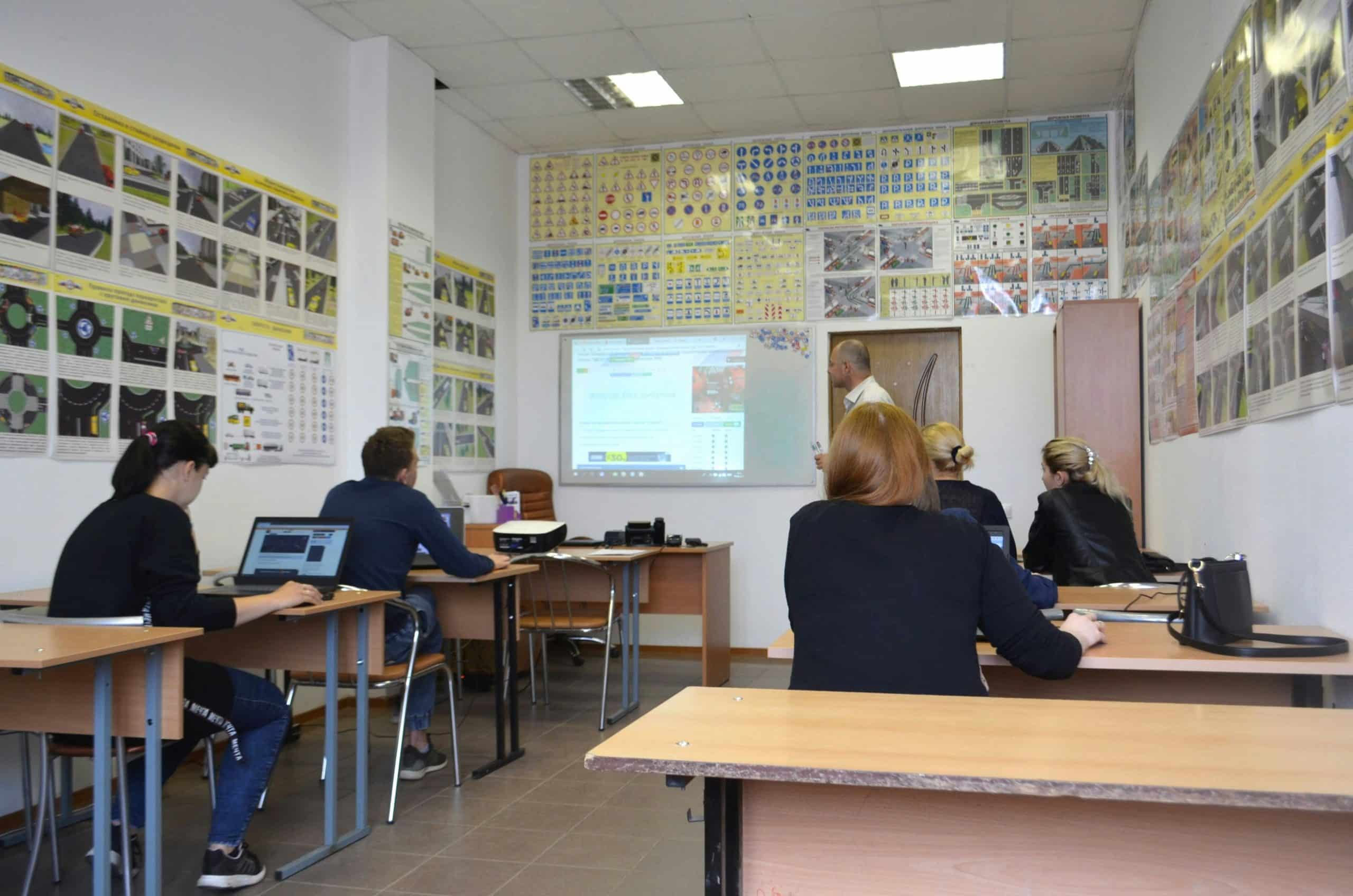How does green school design enhance the learning environment and student performance?

Green school design is more than the color of its walls. A green school, as defined by the United States Green Building Council, is one that creates a healthy environment conducive to learning while saving energy, resources, and money. This approach to designing educational facilities has a profound impact on both the learning environment and student performance. Let’s dive in.
The Concept of Green Schools
The idea of a green school is not just about the physical aspect of the buildings. Instead, it encompasses a whole-system approach that integrates the building design, landscaping, and curriculum to support and enhance the learning environment.
Also read : Enhance financial precision using top account reconciliation tools
Numerous studies have explored the relationship between school design and student performance. A considerable number of them have reported that the physical environment of a school can significantly affect the learning outcomes of students. This could be in the form of improved attention, higher academic achievement, and reduced absenteeism.
Schools have long been characterized as overly institutional environments with poor air quality, inadequate natural lighting, and uninspiring aesthetics. However, as our understanding of the importance of the learning environment has grown, so too has the commitment to developing green schools. The idea is simple: create an environment that is not only physically comfortable but also promotes a sense of well-being.
Additional reading : Tips for saving on your chalet rental
Green Schools and the Learning Environment
A systematic review of the impact of green school design on the learning environment reveals intriguing findings. It’s certainly no surprise to learn that students thrive in spaces that are comfortable, healthy, and stimulating. But how exactly does a green school achieve this?
One key aspect of green school design is the incorporation of natural elements. This could mean the use of natural materials in the construction of the school or simply ensuring that there is a connection to nature within the learning spaces. Studies have shown that exposure to nature can improve cognitive function, reduce stress, and enhance creativity – all crucial for successful learning.
For instance, the use of large windows or skylights in classrooms allows for ample daylight, which not only reduces energy consumption but also improves mood and attentiveness in students. Similarly, incorporating green spaces within the school grounds or even adding indoor plants can have a positive impact on students’ mental health.
The Impact on Student Performance
The impact of green school design doesn’t stop at creating a more enjoyable learning environment. There are also demonstrable benefits to student performance.
One comprehensive study by the Department of Education found that students in green schools outperformed their peers in traditional schools in both math and reading. This is believed to be partly due to the improved indoor air quality in green schools, which reduces health issues such as asthma and allergies that can hinder student performance.
Moreover, the aspect of environmental education, often inherent in green school curriculums, has been reported to foster critical thinking skills, enhance leadership qualities, and even improve students’ attitudes towards learning.
Green Schools and Environmental Stewardship
The impact of green schools extends beyond the confines of the classroom. These schools play a crucial role in instilling a sense of environmental stewardship in students. This is achieved through practical demonstrations of sustainable practices and the integration of environmental education into the curriculum.
Green schools serve as living laboratories where students can observe and learn about sustainability practices firsthand. This not only equips them with the knowledge and skills necessary to lead sustainable lifestyles but also instills in them a sense of responsibility towards the environment.
Learning in a green school gives students a broader perspective on the world and their role in it, fueling a lifelong commitment to environmental stewardship. It’s no wonder then that students from green schools often demonstrate higher levels of civic engagement and are more likely to pursue careers in environmental fields.
The Role of Scholarly Resources in Understanding Green Schools
Understanding the intricacies of green school design and its impact on student performance requires access to reliable scholarly sources. Resources like Google Scholar, Crossref, and academic databases provide a wealth of information on this topic.
Through these platforms, educators, administrators, architects, and policymakers can access the latest research and case studies on green schools. They provide insights into best practices, innovative design approaches, and the tangible outcomes of green school initiatives.
Moreover, such platforms also promote the sharing of knowledge and collaboration among various stakeholders in education. This fosters a community of learning and improvement where everyone can contribute to and benefit from the collective wisdom.
With the continually growing body of research affirming the benefits of green school design, it’s clear that this approach is not merely a trend but a significant shift in how we perceive and construct learning environments. As such, investing in green schools is not just an investment in our children’s future but in the future of our planet.
The Integration of Green School Design and Curriculum
In addition to the physical aspects, the curriculum is a vital component of green schools. Green schools often incorporate environmental education into their curriculum. This goes beyond simply teaching students about environmental issues. It’s about using the school as a teaching tool itself, demonstrating sustainable practices in action.
This can be achieved in various ways, such as through the use of renewable energy sources like solar panels, recycling programs, rainwater harvesting systems, and even gardening programs. By observing these practices firsthand, students can better understand the importance of sustainability and how they can contribute to it.
Moreover, learning in a green school often involves outdoor classrooms and hands-on experiences with nature. This kind of experiential learning has proven to be highly effective in boosting academic performance. According to a systematic review published on Google Scholar, students who participate in outdoor environmental education programs show significant improvements in their science test scores.
In the long run, the integration of environmental education in the curriculum not only improves academic performance but also fosters a sense of environmental responsibility. It encourages students to become active citizens who are aware of their impact on the environment and are committed to making positive changes.
The Future of Green Schools
Given the multitude of benefits, the future of green schools looks bright. As more research continues to emerge about the positive impact of green school design on the learning environment and student performance, more and more schools are likely to embrace this approach.
According to a report from Crossref Google, the number of LEED schools – a globally recognized green building certification program- has been steadily increasing over the past decade. This trend is expected to continue as the public becomes more aware of environmental issues and the importance of sustainability.
However, transitioning to green schools is not without challenges. Implementing sustainable practices and renovating existing school buildings to meet green standards require significant investments. Nonetheless, the long-term benefits, both in terms of improved student performance and reduced environmental impact, certainly outweigh the initial costs.
In conclusion, green schools represent a significant shift in how we perceive and design learning environments. They offer a holistic approach that not only enhances academic achievement but also promotes health and well-being, fosters a sense of environmental stewardship, and contributes to a sustainable future. As such, investing in green schools is not just an investment in our children’s future, but in the future of our planet. By utilizing resources such as PubMed Crossref, DOI PMC, and free articles on Google Scholar, educators and policymakers can stay informed about the latest research and best practices in green school design and implementation.
